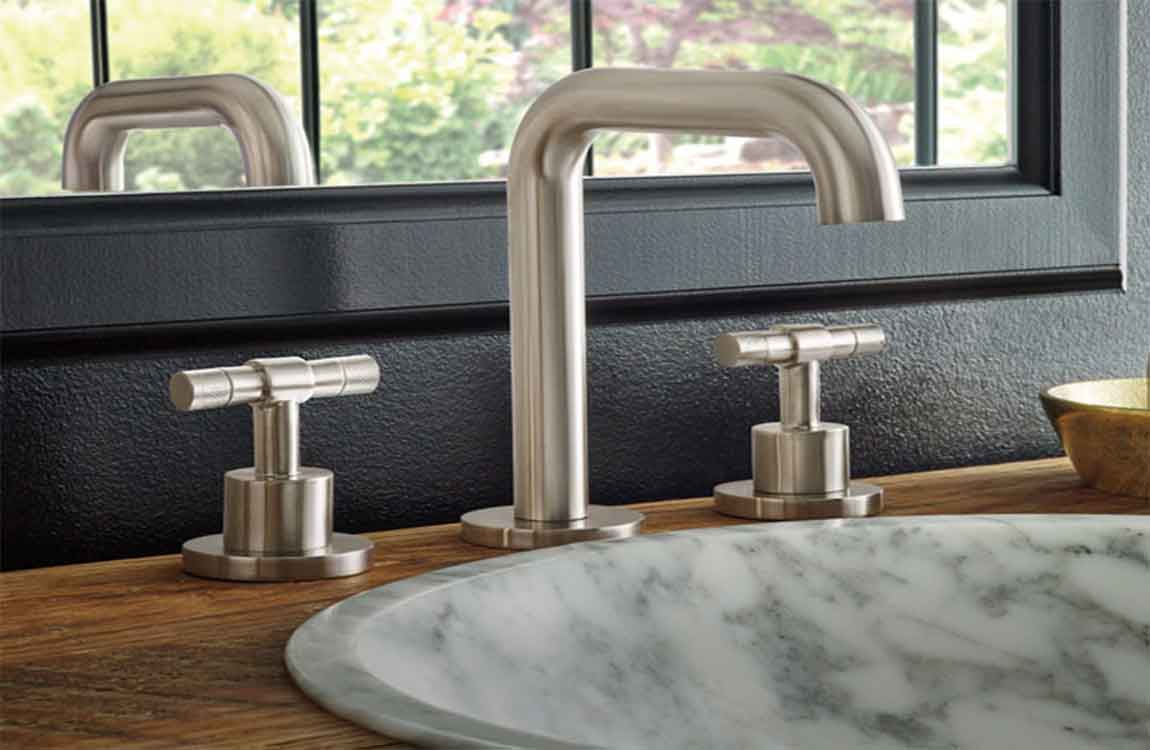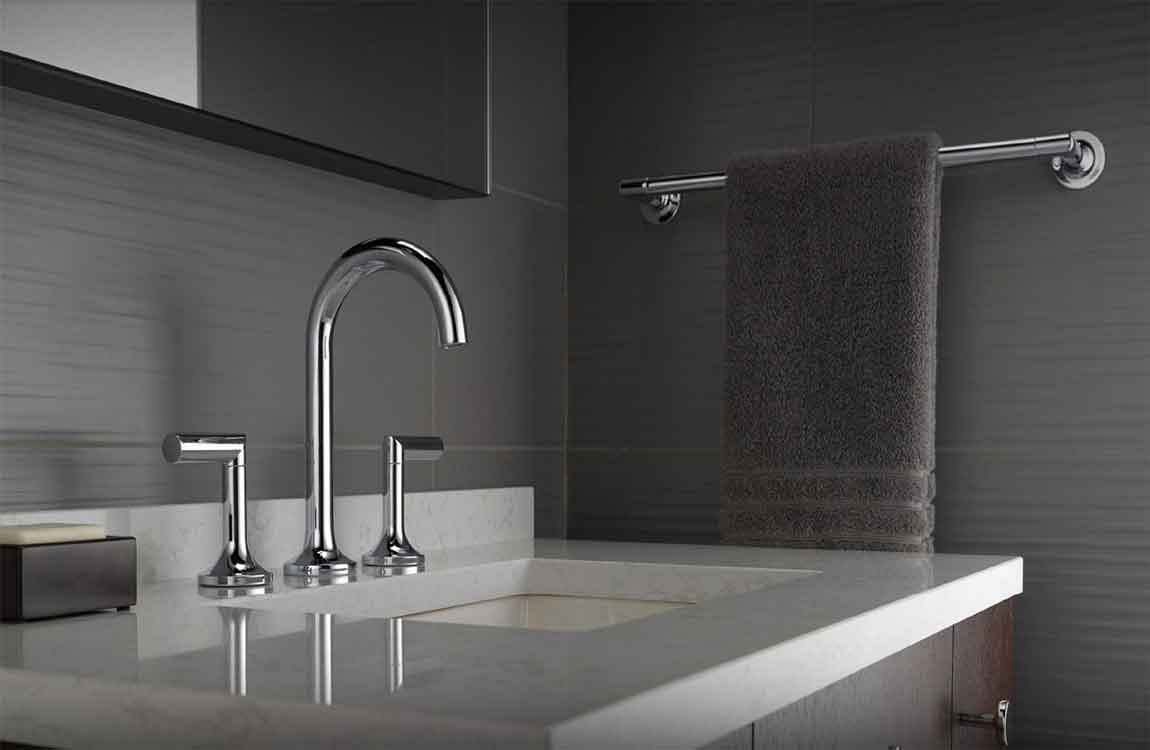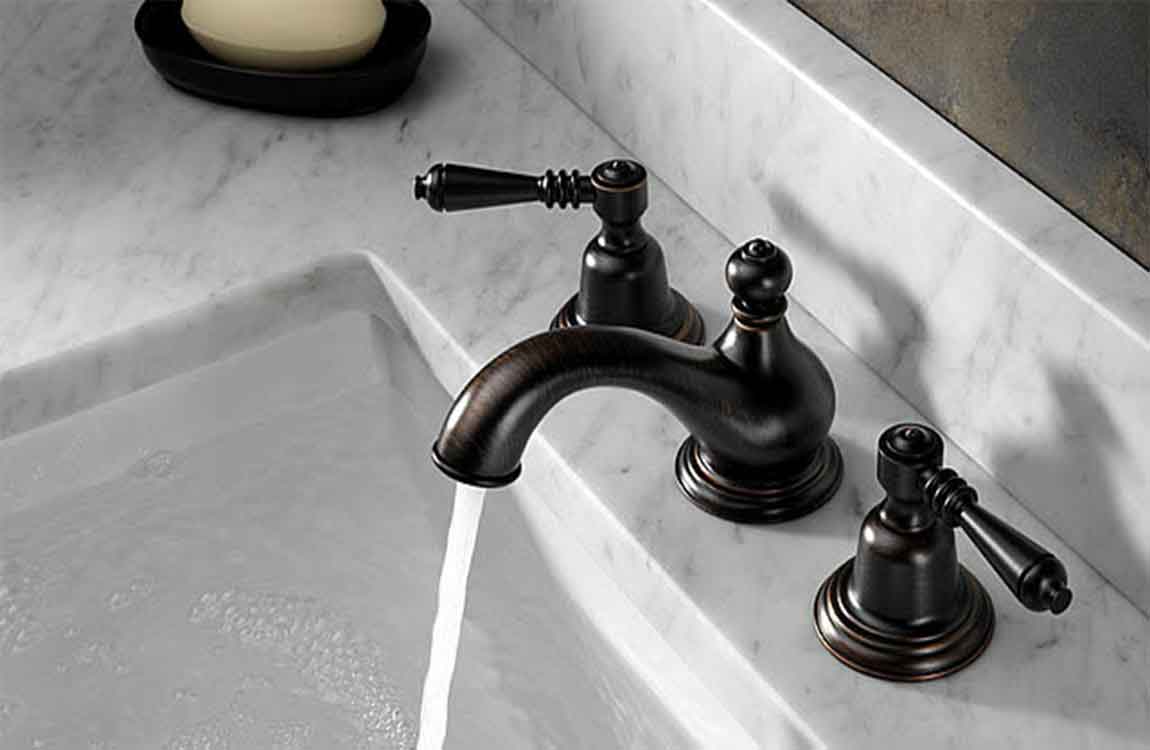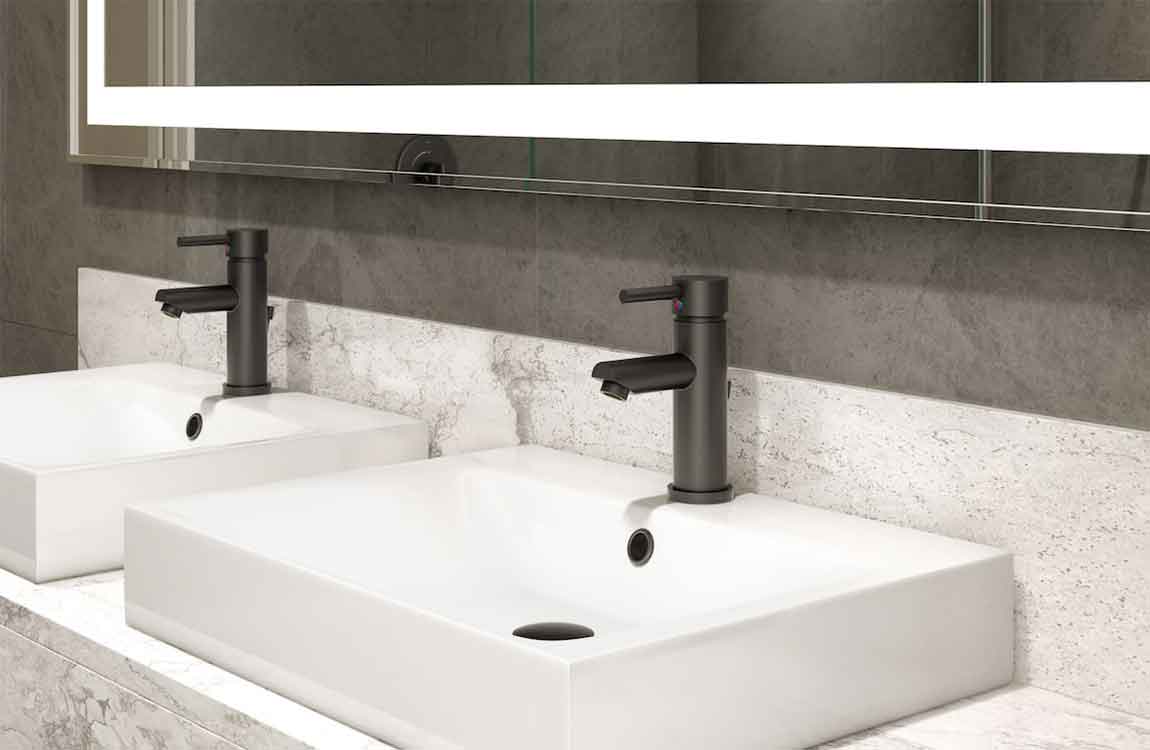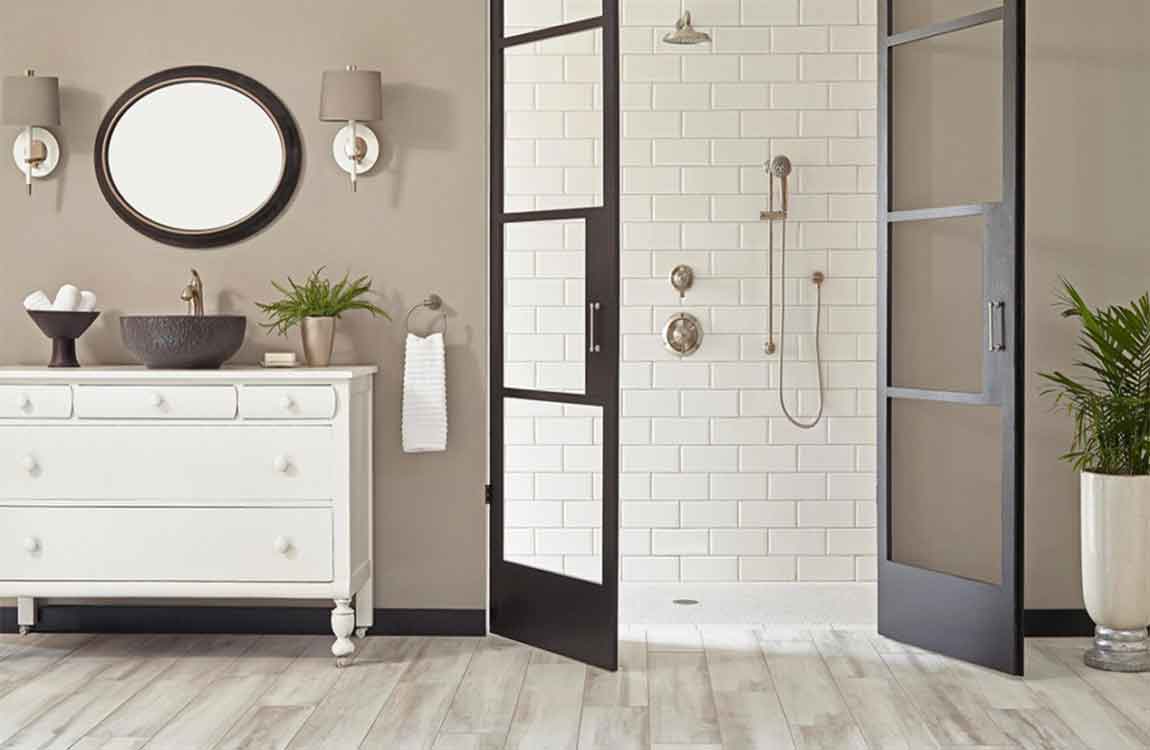How to Fix a Bathroom Faucet?
Most of the time, a problem with a bathroom faucet involves a leak. Usually, faucet leaks are caused by worn washers or seats in the faucet assembly and these are easily replaced. There are several types of faucets, some that no longer use washers to create a seal in the assembly. Make sure that you recognize the type of faucet that you have before attempting to fix a leak because different assembly parts and tools might be needed. In some cases, you might need to purchase a faucet repair kit that contains special tools for fixing specific faucets. In any case, fixing a bathroom faucet can be done in a matter of minutes with just a few replacement parts.
Locate the water valves under the sink and switch them off. Cover the sink drain to prevent parts from getting lost. Pry off the cap from the sink handle. Remove the screw that holds the handle on. Remove the faucet handle. Unscrew the nut. Unscrew the stem. Coat the new washer with plumber’s grease. Replace the seat washer. Remove the stem from the packing nut. Coat a new O-ring with plumber’s grease. Replace the O-ring. Reassemble the faucet.
Ball-Type Faucet. Purchase a faucet repair kit for this type of faucet. Remove the handle by unscrewing the set screw and lifting the handle. Remove the cap. Remove the collar. Loosen the cam and lift it out. Remove the seals and springs from inside the faucet with a needle-nose pliers. Remove the old O-rings. Roll on the new, greased O-rings. Install new springs. Install new valve seats and washers. Reassemble the faucet.
Cartridge Faucet. Remove cap. Remove the screw on the handle. Remove the handle by tilting it toward the back of the sink. Remove the retaining clip (if present) with a needle-nose pliers. Pull cartridge up and out. Cut off the O-rings with a utility knife. Install new, greased O-rings. Reassemble the faucet.
Ceramic-Disk Faucet. Locate the handle set screw and remove. Lift the handle off. Remove the cap. Remove the cylinder mounting screws. Lift the cylinder out. Remove the seals from the cylinder. Clean the cylinder openings with vinegar and rinse. Replace the seals. Reassemble the faucet. Place the handle to “on” and turn on the water very slowly so as to not damage the ceramic disk.


